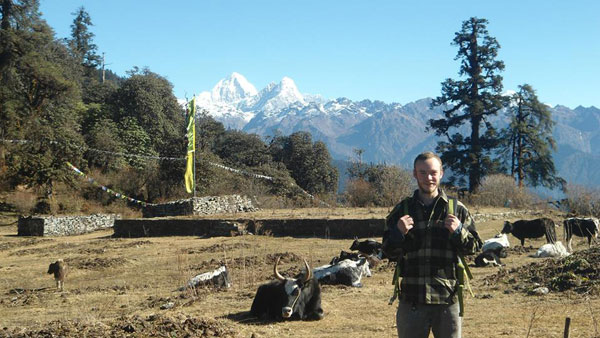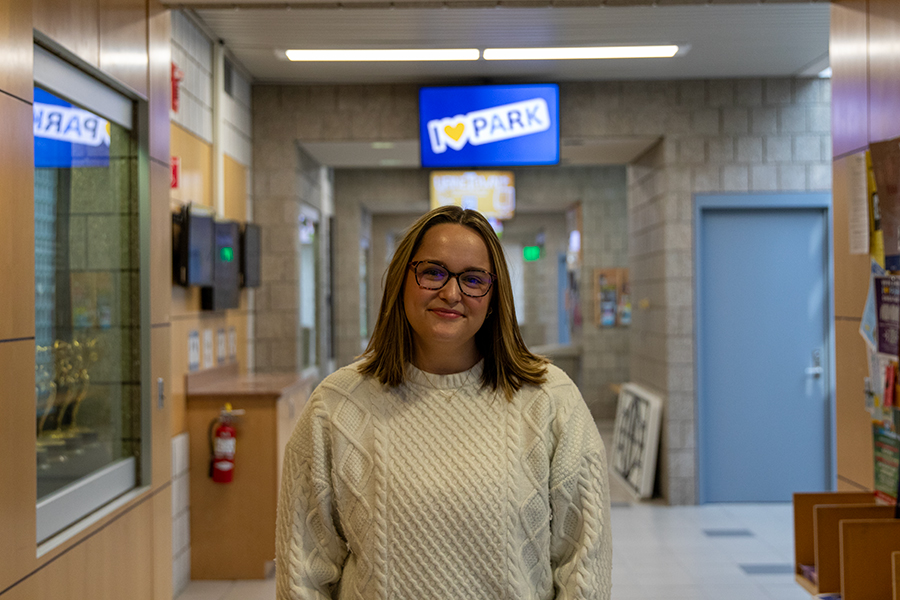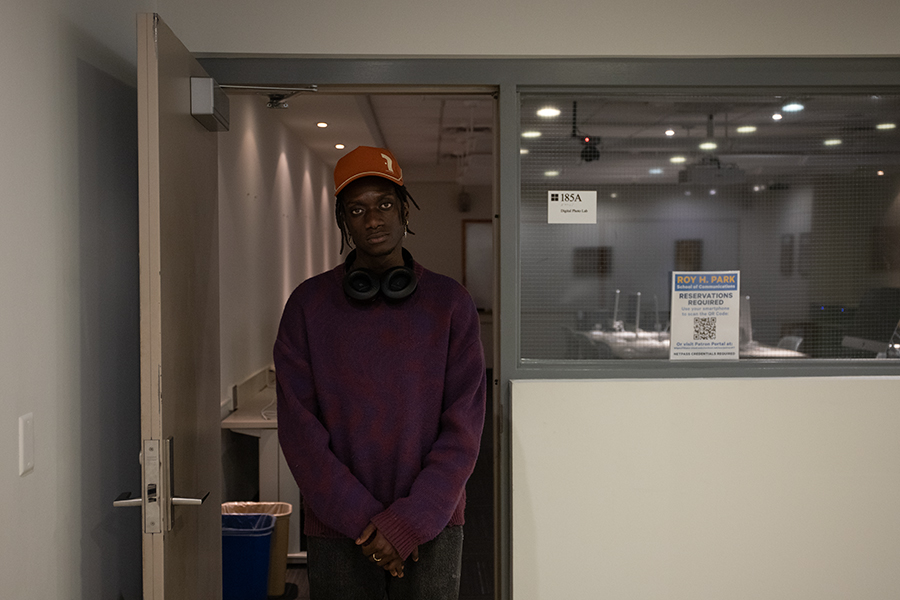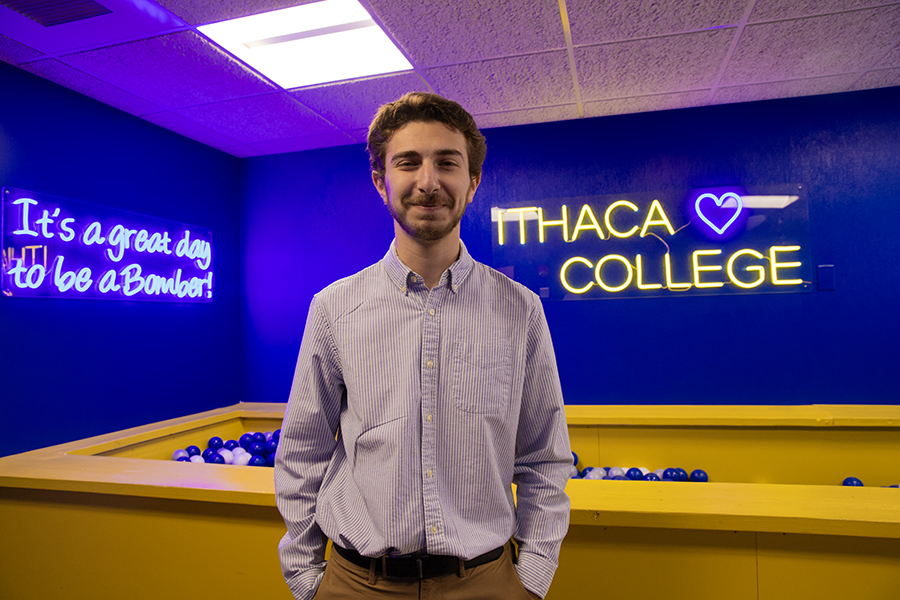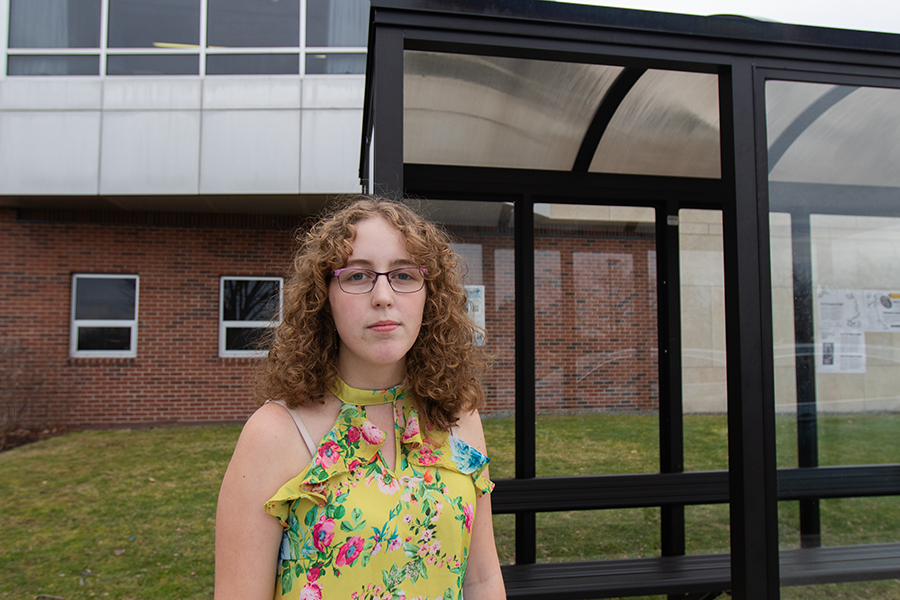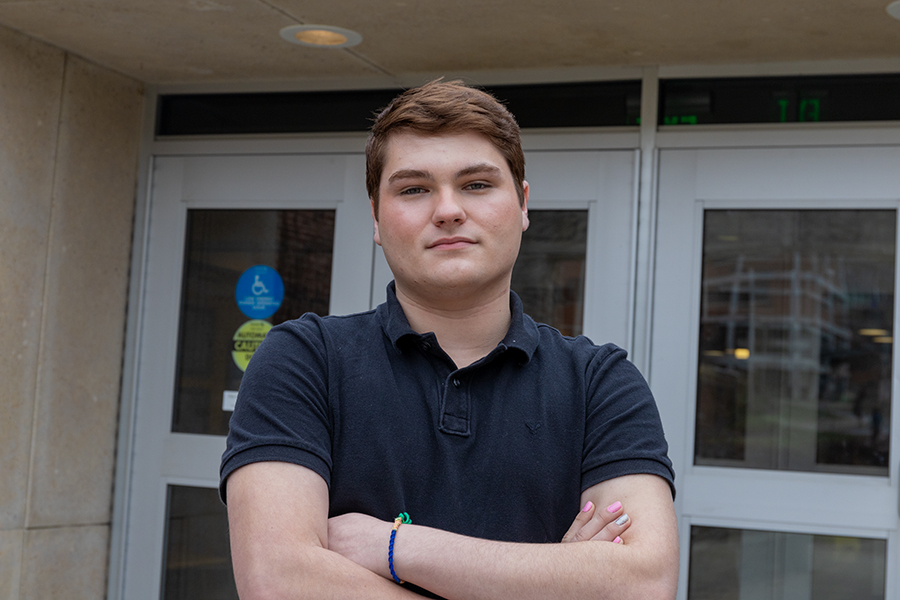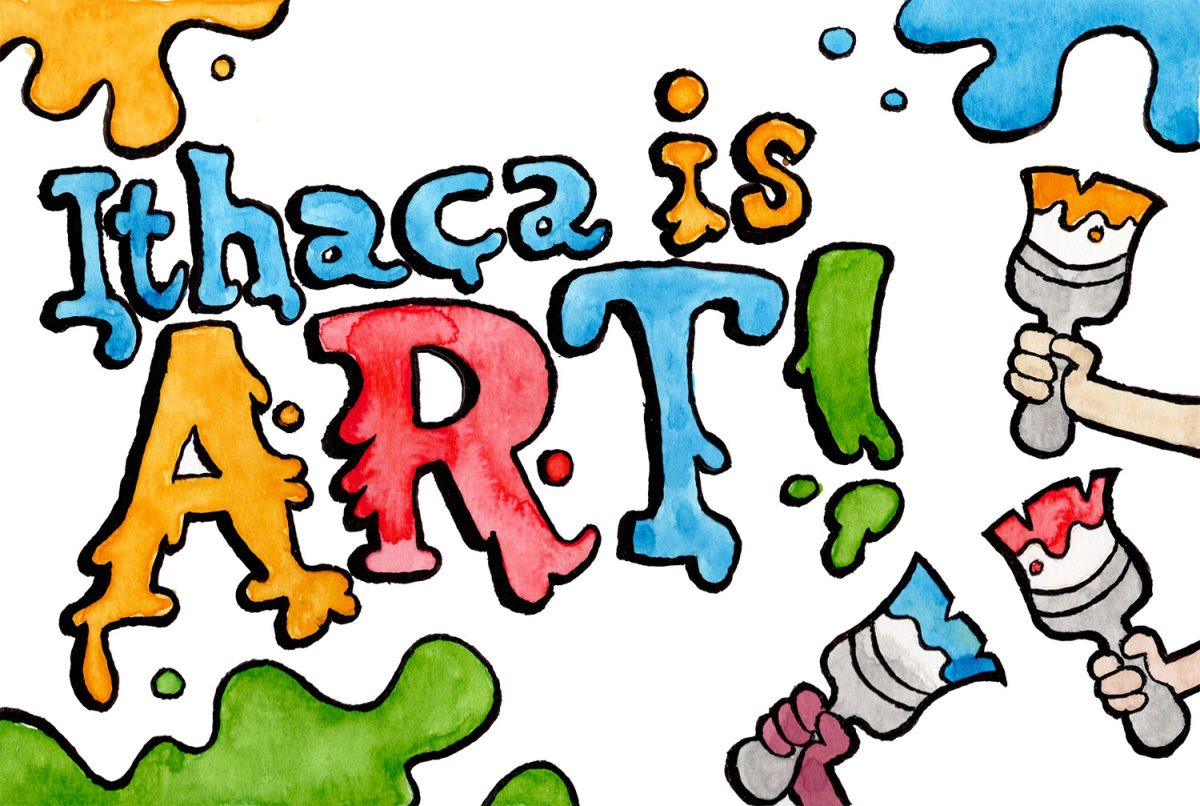A defining feature of my collegiate career has been the presence of Buddhism. It all began freshman year when I took Introduction to Buddhism with Brian Karafin, assistant professor of philosophy and religion. Throughout the semester and afterward, my interests in Buddhism grew, both intellectually and personally. This particular pull I felt toward Buddhism culminated last semester when I participated in Antioch Education Abroad’s Buddhist Studies program, a semester-long, unaffiliated study abroad program located in Bodh Gaya, India.
Bodh Gaya is a small village in the northeastern state of Bihar, just south of Nepal, and is one of the most significant sites for Buddhist pilgrimage. According to traditional beliefs, the original Buddha Shakyamuni attained the state of Enlightenment beneath the Bodhi Tree over 2,500 years ago in what is today Bodh Gaya. As a result, millions of Buddhist pilgrims travel to the sacred site every year. Such a popular location with over 20 monasteries and practitioners from nearly a dozen Asian countries provided a rich opportunity to both study and practice the tradition while becoming immersed in its contemporary culture.
During the program, about 30 other students and myself from colleges across the United States stayed over two months in a local Burmese monastery, also known as a “vihar.” Battling the intense late summer heat that reached nearly 100 degrees fahrenheit and adjusting to a vastly different Indian culture, we engaged in an intensive study of each of the three major Buddhist traditions: Theravada of Southeast Asia, Mahayana of East Asia, Vajrayana of Tibet, Mongolia, Nepal and northern India. We took courses in anthropology, history, philosophy and Tibetan or Hindi language to supplement the traditional teachings given by highly regarded masters.
Our daily schedule consisted of waking up by 5 a.m. and participating in an early morning meditation session. At 6:30 a.m., we ate a silent breakfast, in which we avoided all interaction with each other in order to bring about mindfulness toward our meal. Classes began by 8 a.m. and concluded by 1 p.m. We would visit the local temples for free time in the afternoon and end the day with another evening meditation and teaching from 5–6:30 p.m.
Our time was certainly challenging. The fact that we had no personal phones or computers only furthered the emphasis on reducing distractions from the present moment. There were few mental escapes from our surroundings and hardly any connections to home.
Special opportunities such as traveling to the ancient city of Varanasi in the state of Uttar Pradesh, participating in vipassana and zazen meditation retreats and ordaining as novice Theravadan monks for a week were among
opportunities offered to students.
From early November to early December, the students traveled throughout South Asia on an independent study investigating aspects of culture pertaining to Buddhism. I travelled to Nepal to analyze the relationship between human compassion and the practice of retreat in Vajrayana Buddhism. My anthropological fieldwork was conducted through interviews and travel in Bodh Gaya, Kathmandu Valley and a small, remote area just north of Kathmandu called Helambu Valley, a land rich with traditional Buddhist history and practice.
What I found was a cultural understanding of compassion that depended on the role of Enlightenment. I have continued to explore the topic this semester and recently presented my updated findings at the Northeastern Anthropological Association’s conference hosted by SUNY Potsdam.
The return to Ithaca College has presented many challenges. Finding my grounding in a college culture I had been so removed from proved to be difficult. Further reflection and engagement with my anthropology major, however, has allowed the residual effects from my experiences abroad to unravel in beautiful ways.


